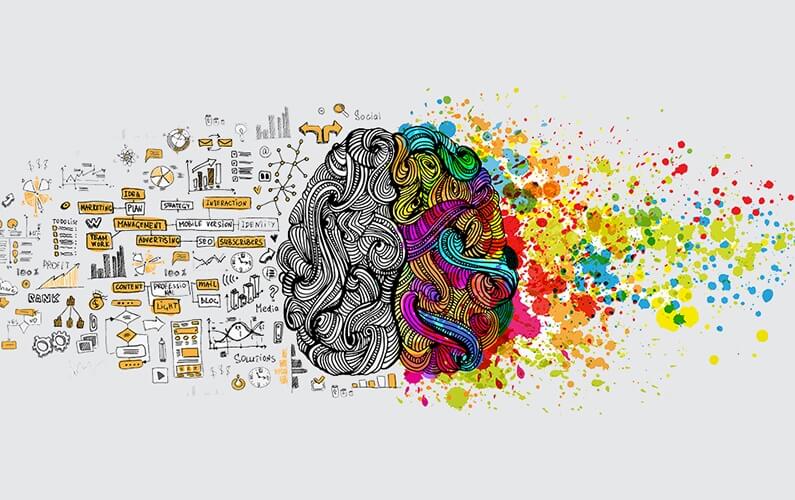
Movement is Key to Rebuilding a Broken Brain
On paper, Dr. Jill’s recovery would tend to read more as fiction for a large part of the world’s scientific community, not because of a lack of understanding for the possibility of some stroke recovery, but for the extent of her recovery. After brain surgery to remove a tumor the traditional medical view for anyone having a stroke of her magnitude was to leave them without much hope for a life of any value. There was not much more they could do for her with known technology.
So everyone moved on, except her mother, who, when confronted with her daughter’s limp body, responded with a biological instinct. She wrapped her arms around her as she did when Jill was a baby, and went back in time. Jill, she thought, needed to move and build her brain-body connection just as she had done when she was a child.
Her mother’s instincts and her commitment were spot on. Dr. Jill’s recovery is now a sparkling ray of hope for millions. Eight years later, with only some loss of memory serving as a daily reminder of something physical that was taken away, Dr. Jill has stepped onto the public stage to tell her story of her physical recovery. (Watch the taped presentation she did for TED.) What happened to her professionally, in her own scientific community, though, is a different story.
Our conversation yielded an “ah-ha” for Dr. Jill, as well. “What if,” I asked her, “other mothers used the same process she put you through for your brain recovery to optimize their own babies growth and development? What might happen?” Dr. Jill hadn’t thought about it and expressed delight at the opportunity to consider it. “No one else has ever asked me that question!”
Because of her re-established ability to articulate, as an adult, what her brain went through to become whole again, Dr. Jill has been able to give language to processes and stages of development in the growth of the relationship between brain and body that mothers and caregivers have intuited throughout time.
We offer her recovery as a fantastic example of how medical technology can fundamentally keep some someone alive, but how biology and a mother’s instinct can help someone to truly live.
